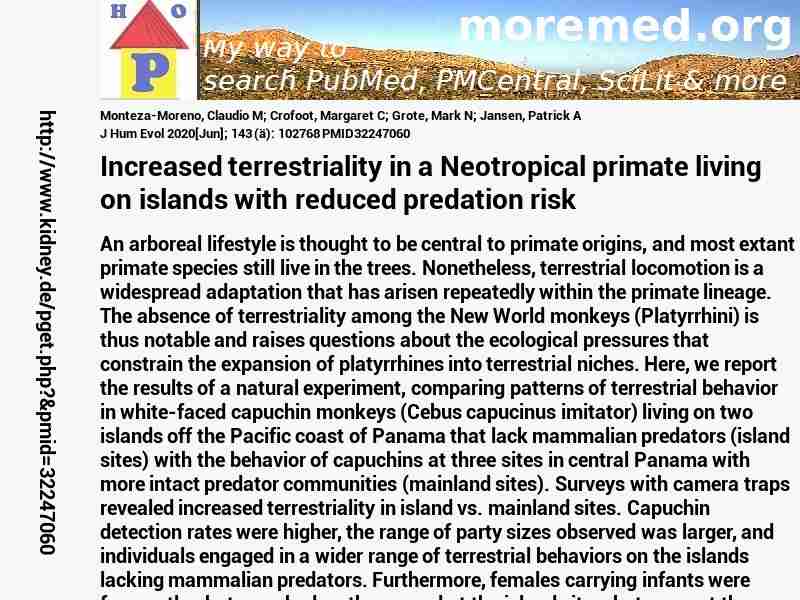
|
10.1016/j.jhevol.2020.102768
http://scihub22266oqcxt.onion/10.1016/j.jhevol.2020.102768

32247060!�!32247060
|  
Deprecated: Implicit conversion from float 209.6 to int loses precision in C:\Inetpub\vhosts\kidney.de\httpdocs\pget.php on line 534
Deprecated: Implicit conversion from float 209.6 to int loses precision in C:\Inetpub\vhosts\kidney.de\httpdocs\pget.php on line 534
Deprecated: Implicit conversion from float 209.6 to int loses precision in C:\Inetpub\vhosts\kidney.de\httpdocs\pget.php on line 534
Deprecated: Implicit conversion from float 209.6 to int loses precision in C:\Inetpub\vhosts\kidney.de\httpdocs\pget.php on line 534
Deprecated: Implicit conversion from float 209.6 to int loses precision in C:\Inetpub\vhosts\kidney.de\httpdocs\pget.php on line 534
Deprecated: Implicit conversion from float 209.6 to int loses precision in C:\Inetpub\vhosts\kidney.de\httpdocs\pget.php on line 534
Warning: imagejpeg(C:\Inetpub\vhosts\kidney.de\httpdocs\phplern\32247060.jpg): Failed to open stream: No such file or directory in C:\Inetpub\vhosts\kidney.de\httpdocs\pget.php on line 117
 J+Hum+Evol 2020 ; 143 (�): 102768 J+Hum+Evol 2020 ; 143 (�): 102768
Nephropedia Template TP
gab.com Text
Twit Text FOAVip
Twit Text #
English Wikipedia
|
Increased terrestriality in a Neotropical primate living on islands with reduced predation risk #MMPMID32247060Monteza-Moreno CM; Crofoot MC; Grote MN; Jansen PAJ Hum Evol 2020[Jun]; 143 (�): 102768 PMID32247060show ga
An arboreal lifestyle is thought to be central to primate origins, and most extant primate species still live in the trees. Nonetheless, terrestrial locomotion is a widespread adaptation that has arisen repeatedly within the primate lineage. The absence of terrestriality among the New World monkeys (Platyrrhini) is thus notable and raises questions about the ecological pressures that constrain the expansion of platyrrhines into terrestrial niches. Here, we report the results of a natural experiment, comparing patterns of terrestrial behavior in white-faced capuchin monkeys (Cebus capucinus imitator) living on two islands off the Pacific coast of Panama that lack mammalian predators (island sites) with the behavior of capuchins at three sites in central Panama with more intact predator communities (mainland sites). Surveys with camera traps revealed increased terrestriality in island vs. mainland sites. Capuchin detection rates were higher, the range of party sizes observed was larger, and individuals engaged in a wider range of terrestrial behaviors on the islands lacking mammalian predators. Furthermore, females carrying infants were frequently photographed on the ground at the island sites, but never at the mainland sites. These findings support the long-standing hypothesis that predators constrain the exploitation of terrestrial niches by primates. These results are also consistent with the hypothesis that arboreal locomotion imposes costs that primates will avoid by walking on the ground when predation risk is low.|*Environment[MESH]|*Food Chain[MESH]|*Locomotion[MESH]|Animals[MESH]|Cebus capucinus[MESH]|Cebus/*physiology[MESH]|Female[MESH]|Islands[MESH]|Male[MESH]|Panama[MESH]
  
DeepDyve
Pubget Overpricing | 
|